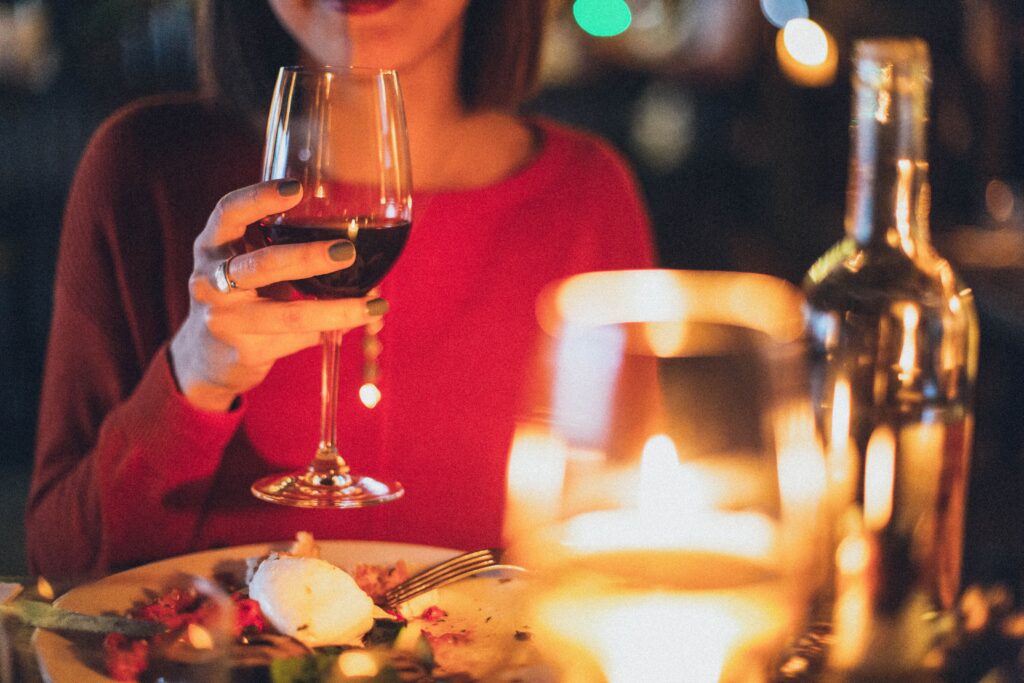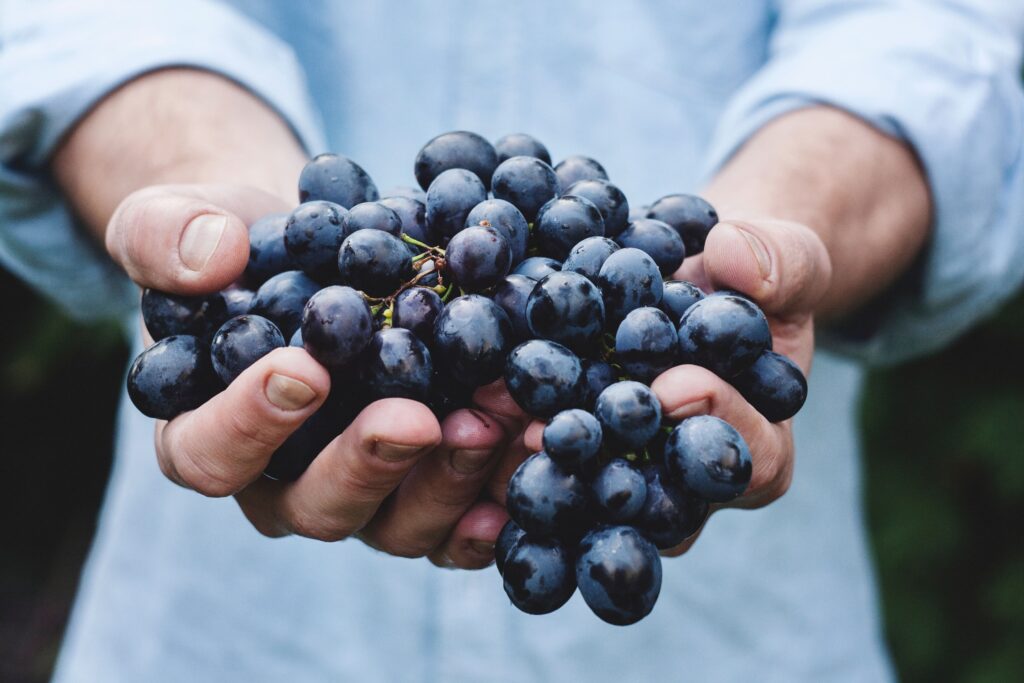 It’s hard to believe that Valentine’s Day has been celebrated for over 15 centuries, and most of us are still searching for our perfect match.
It’s hard to believe that Valentine’s Day has been celebrated for over 15 centuries, and most of us are still searching for our perfect match.
We’re talking about the perfect wine pairing, not soulmates. Cupid has that covered.
Whether you’re dining in or hitting the town, we have some easy tips to impress your date, but more importantly, your tastebuds.
Breaking the Rules
For years sommeliers and connoisseurs alike have preached “rules of engagement” for wine and food pairings. Before wine was truly mass produced, these guidelines made sense.
But today, there are more options from regions across the world to experiment with. It’s time to break away from those stubborn standards!
But we know Valentine’s Day might not be the best time to take a risk, so we’ve put together some loose guidelines to help make your night special.
Back to Basics
Let’s start with some general pairing rules:
Hors d’oeuvres
Appetizers are meant to be an invitation to your delicious courses, and your drink should reflect that. Sparkling wines or Champagnes usually go well here because of their airy body. It’s easy to drink, never overpowering, and a festive start to the evening.
The main event
If you’re having multiple courses for dinner, you can build up to fuller bodied wine. Different courses bring out different flavors, so feel free to switch up your sips to compliment each.
On a budget? Changing wines between courses is not a necessity. Pick a wine you feel compliments most of your meal and stick with that for ease.
Dessert
Sharing a sweet treat with your Valentine? Pair decadent dishes with ports or wines with very concentrated flavors. Your wine should be sweeter than the food to avoid bitterness.
Raise a glass for a toast. You’ve just completed Wine Pairings 101!
Still need a little more guidance? We’ve got you covered.
All in the Details
Now that we’ve got the basics covered, let’s talk about specific food types.
Red Meat vs Fish
Traditionally, people have sworn by the “red meat, red wine” and “white fish, white wine” rule. This can be a good start, but there’s a better approach. Pair your wine to compliment the most dominant flavor – the sauce. Often times, sauces are the secret behind bold flavor.
So go crazy and pair a Zin with your tuna!
Spicy vs Creamy
There’s a delicate balance between wine and spicy/creamy foods. Not everyone experiences the same tastes, so lean into your intuition here.
Fatty or dense dishes can mesh well with lighter options such as Cava. Spicy entrees are balanced by Riesling or deep Rosé. And creamy dishes are heightened by buttery Chardonnays and Pinot Noirs.
Best of luck finding the perfect match for your Valentine’s Day dinner, and share your favorites with us.
Happy Valentine’s Day!
Cheers

